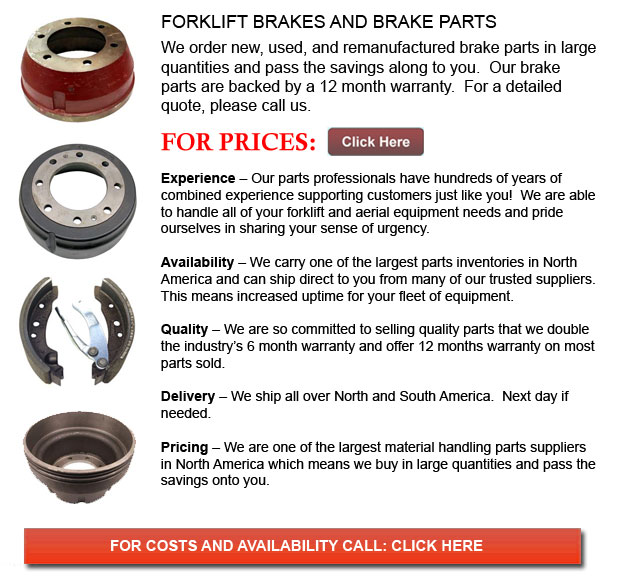
Forklift Brakes - A brake drum is where the friction is supplied by the brake shoes or brake pads. The pads or shoes press up against the rotating brake drum. There are several various brake drums kinds along with particular specific differences. A "break drum" will normally refer to whenever either shoes or pads press onto the inner surface of the drum. A "clasp brake" is the term utilized to be able to describe when shoes press against the outside of the drum. Another type of brake, known as a "band brake" utilizes a flexible band or belt to wrap round the outside of the drum. Where the drum is pinched in between two shoes, it could be known as a "pinch brake drum." Like a conventional disc brake, these types of brakes are rather uncommon.
Early brake drums, prior to the year 1995, required to be constantly modified in order to compensate for wear of the shoe and drum. "Low pedal" can cause the required adjustments are not carried out sufficiently. The motor vehicle can become hazardous and the brakes can become useless if low pedal is combined together with brake fade.
There are different Self Adjusting Brake Systems existing, and they can be categorized within two main types, RAI and RAD. RAI systems have in-built equipments which prevent the systems to recover whenever the brake is overheating. The most well known RAI manufacturers are Bosch, AP, Bendix and Lucas. The most famous RAD systems comprise Bendix, Ford recovery systems, Volkswagen, VAG and AP.
The self adjusting brake will normally just engage whenever the vehicle is reversing into a stop. This method of stopping is satisfactory for use where all wheels utilize brake drums. Disc brakes are used on the front wheels of motor vehicles today. By operating only in reverse it is less possible that the brakes will be adjusted while hot and the brake drums are expanded. If adjusted while hot, "dragging brakes" could occur, which increases fuel consumption and accelerates wear. A ratchet device which becomes engaged as the hand brake is set is one more way the self repositioning brakes may operate. This means is just suitable in functions where rear brake drums are utilized. If the emergency or parking brake actuator lever exceeds a specific amount of travel, the ratchet developments an adjuster screw and the brake shoes move toward the drum.
Situated at the base of the drum sits the manual adjustment knob. It could be adjusted using the hole on the other side of the wheel. You would have to go under the vehicle with a flathead screwdriver. It is really significant to be able to adjust each wheel evenly and to be able to move the click wheel correctly because an unequal adjustment may pull the vehicle one side during heavy braking. The most effective way to ensure this tiresome task is accomplished safely is to either lift every wheel off the ground and spin it manually while measuring how much force it takes and feeling if the shoes are dragging, or give every\each and every one the same amount of manual clicks and then do a road test.
![]() Click to Download the pdf
Click to Download the pdf
Forklift Parts

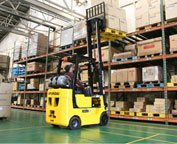
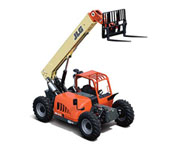

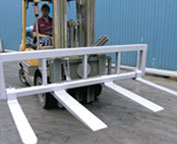

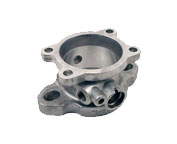

Lift Parts Express
TOLL FREE: 1-888-695-7994
Nashville, Tennessee
forkliftpartsnashville.com
Email Us
About Us


